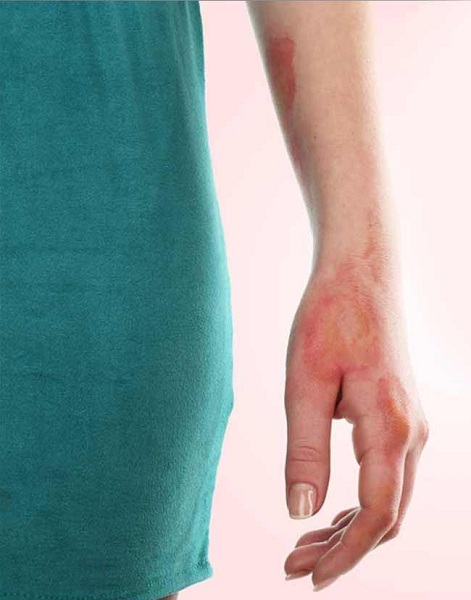Burn Reconstruction

Overview
When a patient suffers from second or third-degree burn (severe burn), the wound cannot heal on its own unless skin grafting is done in time. So it heals by secondary intension causing wound contraction where the surrounding skin is pulled in an attempt to heal the wound, resulting in contracture and hypertrophic scarring. This leads to restricted movement of the injured area and causing functional limitation which requires to be treated.
Post-burn scars are inevitable even with the best of treatment because they depend upon the depth of burn injury. Except for the superficial dermal burns, all deeper burns (2nd degree deep dermal and full thickness) heal by scarring This scarring can only be minimized by various physical therapy measures and plastic surgical procedures but not eliminated completely.
Types of Surgeries
- Skin flaps: If the contracture release is likely to open up the joint, especially on hands and feet, then skin flaps are used. Skin flaps are used in severe cases. They are placed over the joints that are exposed by the release of a burn contracture. A skin flap is a piece of undamaged skin composed of a layer of the epidermis, dermis, and subcutaneous tissue which carries its own blood supply. They can cover exposed bones tendons, vessels and nerves. Sutures are used to keep the flap in its position.
- Skin grafts: The skin grafts are of two types. Split thickness skin grafts typically harvested from the upper thigh and full thickness skin grafts typically harvested from the abdomen. The epidermis and some dermis are harvested using a special instrument called dermatome and kept in a sterile bowl of normal saline. Skin grafts are applied after immediate release. But if the raw areas of the contractures are oozing a lot, delayed application can give a better result. Skin grafts require dressings at regular intervals to see progress of graft take and look for any problems. All skin grafts require post operative care to allow for graft maturation and prevent development of recontractures.
Post Operative Care
- Maintaining the released/corrected position is mandatory for 3 weeks, until the graft has become stable or till the flap margins have healed. In the first few weeks after the burn contracture has been released, a splint or pressure dressing should be worn to prevent the graft from sloughing off due to a motion.
- Physiotherapy should be started early after the surgery one the skin graft or flaps are well settled. As motion is detrimental to healing of skin grafts and flap.
- After the wound has closed and scar tissue begins to develop, it is important to massage the scar. You can press the thumb down on the scar until you can tolerate because it helps soften the scar.
- It is very important to stretch the muscles and tendons in the region of released burn contracture to prevent recontracture.
- This therapy should be continued until the grafts have matured completely.
- Static or dynamic splints usage along with daily therapeutic physical exercises helps to keep the joints in a full range of motion.
- Care must be continued for more than one year after contracture release
